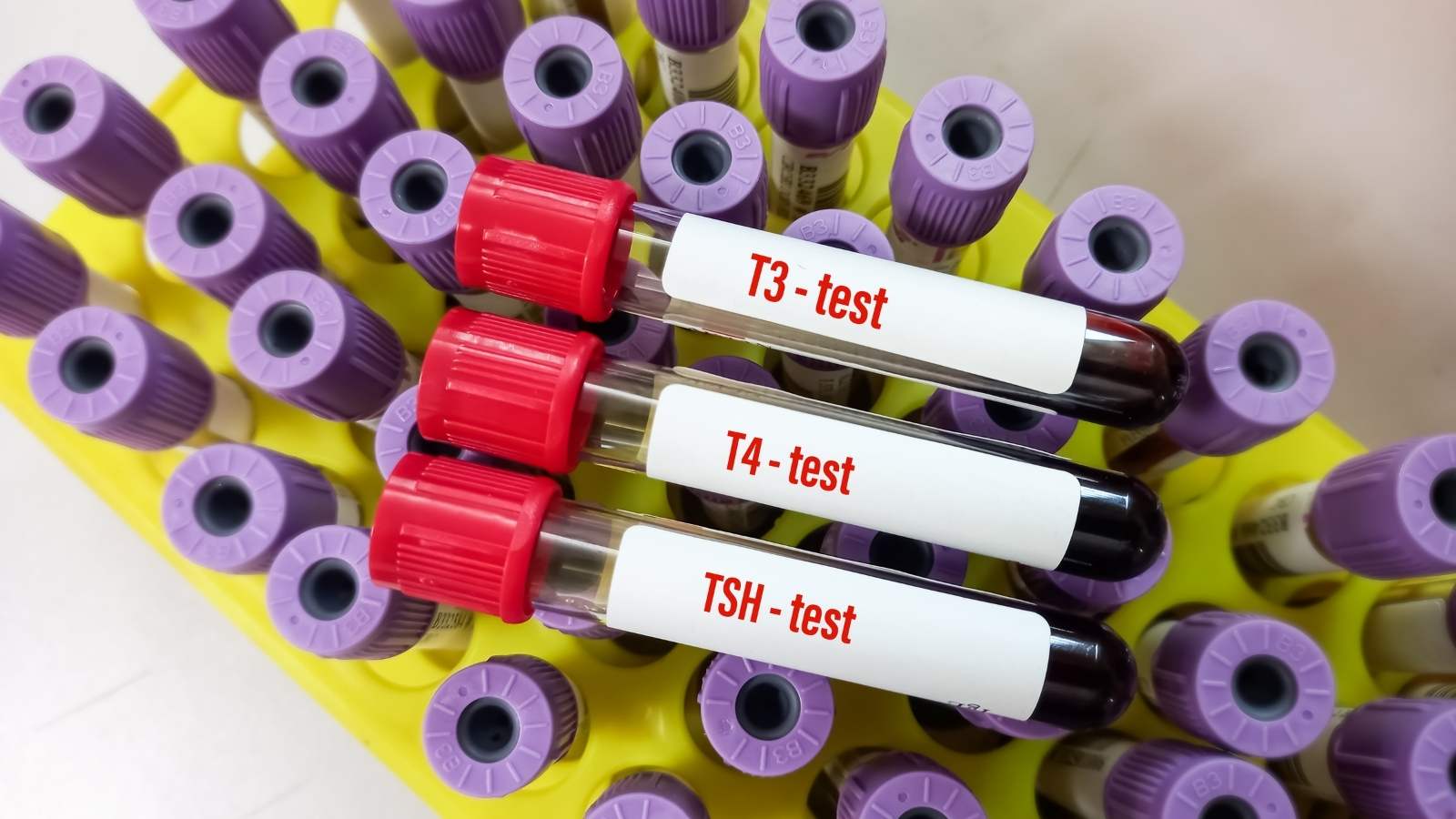Penile Doppler is an imaging test used to evaluate blood flow in penile arteries and veins. It is primarily performed in the assessment of erectile dysfunction, particularly when vascular causes are suspected.
The procedure involves injecting a vasodilator to induce erection, followed by ultrasound imaging with Doppler evaluation. This allows measurement of arterial inflow and venous leakage.
Penile Doppler helps differentiate between psychogenic and organic erectile dysfunction. Identifying arterial insufficiency or venous leak guides appropriate medical or surgical treatment.
Clinical indications include persistent erectile dysfunction, Peyronie’s disease, or post-surgical evaluation. The test provides valuable information for individualized therapeutic planning.
| Imaging Method | Penile Doppler Ultrasound |
| Definition | An ultrasound method performed to evaluate blood flow, vascular structures, and perfusion in the penis; commonly used to determine the cause of erectile dysfunction. |
| Indications | Determining the cause of erectile dysfunction, examining penile vascular structures, evaluating vascular injuries after trauma, detecting structural abnormalities such as Peyronie’s disease. |
| Advantages | It is a non-invasive method; provides quick and reliable information about vascular flow and structure; offers guiding information in the treatment of erectile dysfunction. |
| Procedure | A vasodilator drug (usually papaverine) is injected into the penis to induce an erection before the procedure; then the penile vessels are evaluated with an ultrasound probe. The procedure lasts about 15-30 minutes. |
| Use of Contrast Agent | No contrast agent is used in penile Doppler ultrasound; only vasodilator drug injection may be performed for vessel dilation. |
| Side Effects | Rarely, priapism (prolonged erection), pain, or hematoma may occur at the injection site after the procedure; pain during the procedure is minimal. |
| Diagnosed Conditions | Vascular causes of erectile dysfunction (arterial insufficiency, venous leakage), vascular obstruction, Peyronie’s disease, vascular abnormalities. |
| Alternative Methods | NPT (Nocturnal Penile Tumescence) test, psychogenic evaluation, CT angiography; especially used when different factors are considered. |
| Associated Diseases | Erectile dysfunction, venous leakage, arterial insufficiency, Peyronie’s disease. |
| Follow-up and Monitoring | The procedure can be repeated if necessary to evaluate response to treatment during erectile dysfunction management. |
| Preparation and Precautions | The patient should not use sexual stimulants before the procedure; should be warned about the risk of priapism and monitored after the procedure. |
Prof. Dr. Özgür KILIÇKESMEZ Prof. Dr. Kılıçkesmez holds the Turkish Radiology Competency Certificate, the Turkish Interventional Radiology Competency Certificate, Stroke Treatment Certification, and the European Board of Interventional Radiology (EBIR). In his academic career, he won the Siemens Radiology First Prize in 2008.
Interventional Radiology / Interventional Neuroradiology
What Is Penile Doppler Ultrasound?
Penile Doppler Ultrasound is an imaging method specifically developed to diagnose blood flow problems in the penis. It plays a very important role in the evaluation of conditions such as erectile dysfunction (ED). By combining Doppler technology with traditional ultrasound, it provides both anatomical and hemodynamic analysis of the penile vascular system. It is especially used to identify arterial insufficiency or venous leakage in cases of vasculogenic ED.
During the procedure, a vasodilator drug is usually injected into the corpus cavernosum. This induces an artificial erection, allowing observation of blood flow in the penile vessels. Some key parameters measured by ultrasound probe help in understanding the cause of ED:
- Peak Systolic Velocity (PSV): Indicates the maximum blood flow velocity in the arteries. Values below normal suggest arterial insufficiency.
- End Diastolic Velocity (EDV): Refers to the amount of blood leaving the penis after a heartbeat. Values above normal indicate venous leakage.
- Resistance Index (RI): This index, derived from PSV and EDV, analyzes vascular integrity.
Why Is Penile Doppler Used?
Penile Doppler ultrasound plays an important role in diagnosing various penile diseases. It is frequently used in the evaluation of conditions such as erectile dysfunction, Peyronie’s disease, and penile fibrosis. This diagnostic method measures blood flow in the penis and reveals the source and impact of disorders.
- Erectile Dysfunction (ED): In cases of erectile dysfunction, Penile Doppler is used to distinguish arterial and venous problems. During an erection induced with a vasodilator drug, penile blood flow is evaluated. Peak systolic velocity (PSV) is measured to determine arterial flow; values below 25 cm/s indicate arterial insufficiency. End diastolic velocity (EDV) is used to evaluate venous leakage. An EDV above 5 cm/s increases the likelihood of venous leakage.
- Peyronie’s Disease: In Peyronie’s disease, Doppler ultrasound detects fibrous plaques in penile tissue and evaluates their effect on erectile function. Detecting whether plaques are calcified can guide treatment decisions. The obtained data are especially important when planning treatments such as plaque excision or penile prosthesis.
- Penile Fibrosis: In patients with penile fibrosis, Doppler ultrasound detects changes in tissue elasticity. Detection of scarring or fibrosis in tissues such as the tunica albuginea may affect erectile function. Doppler helps determine the degree of fibrosis and the need for surgical intervention.
*We recommend filling out all fields so we can respond in the best possible way.
How Is Penile Doppler Ultrasound Performed?
Penile Doppler ultrasound is a step-by-step procedure. The steps of this procedure are as follows:
- Preparation: The patient is prepared in a supine position, and it is ensured that no vasodilator drug has been taken before the procedure. Sexual activity should also be avoided beforehand. This stage is important for preventing complications.
- Baseline Ultrasound: At the beginning, a baseline Doppler ultrasound is performed on the flaccid penis. The ultrasound probe is applied to the penile shaft with water-based gel to record blood flow. This step provides important information about the vascular structure.
- Vasodilator Injection: After the baseline ultrasound, a vasodilator is injected into the corpus cavernosum using a fine needle. The drug used (usually prostaglandin E1 or papaverine) increases blood flow to the penis and induces erection. The injection is made at the base or mid-shaft of the penis.
- Observation of Erection: After injection, 5 to 10 minutes are waited for erection to occur. The erection is observed and checked for discomfort. A second dose can be administered if needed.
- Dynamic Ultrasound Examination: After erection is achieved, the ultrasound probe is moved along the length of the penis to evaluate blood flow. Parameters such as peak systolic velocity (PSV), end diastolic velocity (EDV), and resistance index (RI) are measured. This stage helps in understanding arterial inflow and venous outflow functions.
What Are the Risks or Side Effects of Penile Doppler?
Although penile Doppler ultrasound is generally considered a safe procedure, it may involve some risks and side effects. These risks are mostly due to the pharmacological agents used to increase blood flow. Discomfort may occur during drug injection. Side effects may range from mild discomfort to serious complications.
Common Side Effects:
- Pain at the Injection Site: Drugs injected into penile tissue may sometimes cause short-term pain. Drugs used during the procedure, such as prostaglandin E1 or papaverine, may create temporary discomfort at the injection site. Some people, especially those on blood thinners, may experience bruising or mild bleeding at the injection site.
- Dizziness: Some people may experience short-term dizziness or lightheadedness after drug injection. This side effect usually resolves quickly and does not cause lasting problems.
Serious Complications:
- Priapism: The rare but most serious complication of penile Doppler is priapism. Priapism is defined as a prolonged and painful erection lasting more than four hours. This condition occurs when blood flow does not return to normal after the test and requires immediate medical intervention. If left untreated, priapism can lead to tissue damage.
What Happens After the Penile Doppler Test?
It is very important to follow certain instructions after a penile Doppler test. Most people can return to daily activities immediately after the procedure unless there is an issue such as prolonged erection. Mild discomfort or bruising may occur at the injection site, but this usually resolves quickly. In addition, it is recommended to avoid sexual intercourse and masturbation on the day of the test. This precaution helps reduce the strain on newly examined tissues. Avoiding vasodilator drugs is also important because they can cause prolonged and painful erections. Drugs such as Viagra, Cialis, or Levitra should not be taken for 24 hours before or after the test.
- No penile injection should be performed for 24 hours before or after the test.
- Care should be taken regarding the risk of priapism (prolonged erection).
- Physical activities may help relieve prolonged erections lasting more than 3-4 hours.
Normally, erections subside spontaneously within 1-2 hours after the test; however, if an erection lasts more than three hours, a doctor should be consulted immediately. Physical activities such as climbing stairs may provide relief in some cases.
Penile Doppler Test Reviews
For reviews of Prof. Dr. Özgür Kılıçkesmez, you can check Google Maps or Doktortakvimi.
Frequently Asked Questions

How long does a penile Doppler take?
Penile Doppler ultrasound usually takes about 15 to 30 minutes. First, the penis is evaluated in a flaccid state. Then, a vasodilator injection is administered to induce an erection. Doppler measurements are taken at specific intervals (usually at 5, 10, 15, and 20 minutes) to evaluate blood flow. The total duration may vary depending on the protocol applied and the patient’s response.
Is penile Doppler painful?
Penile Doppler ultrasound is generally not a painful procedure. During this procedure, a drug is injected into the penis to increase blood flow, which may cause a brief, mild discomfort. Some men may also experience temporary dizziness during this stage. The ultrasound part is completely non-invasive and is not expected to cause pain. However, in very rare cases, some patients with nerve problems may experience severe pain lasting several hours after injection. In such cases, the intensity of pain is managed as needed.
Where is penile Doppler performed?
Penile Doppler ultrasonography is usually performed in radiology clinics and imaging centers. This test is conducted in healthcare facilities equipped with specialized devices for evaluating penile blood flow. It is especially used for the diagnosis and treatment of erectile dysfunction.
What is penile color Doppler?
Penile color Doppler ultrasonography is an imaging method that evaluates blood flow in the penis. It is commonly used for conditions such as erectile dysfunction, priapism, and penile trauma. This procedure is performed using a high-frequency transducer to visualize penile vessels and is mostly performed after drug-induced erection. The data obtained include parameters such as peak systolic velocity and end diastolic velocity, which help determine vascular adequacy and venous leakage.
Is penile Doppler covered by insurance?
Penile Doppler ultrasound is a diagnostic method used to determine the causes of erectile dysfunction. The Social Security Institution (SGK) generally covers such diagnostic procedures. However, as SGK’s payment conditions and coverage may change over time, it is important to check the SGK official website or relevant healthcare institutions for up-to-date information. There is also information about whether treatment methods such as penile prosthesis surgery are covered by SGK.
Which doctor performs Doppler?
Doppler ultrasonography is usually performed by radiology specialists. The images and data obtained after the procedure are reported to the relevant specialist physicians.

Girişimsel Radyoloji ve Nöroradyoloji Uzmanı Prof. Dr. Özgür Kılıçkesmez, 1997 yılında Cerrahpaşa Tıp Fakültesi’nden mezun oldu. Uzmanlık eğitimini İstanbul Eğitim ve Araştırma Hastanesi’nde tamamladı. Londra’da girişimsel radyoloji ve onkoloji alanında eğitim aldı. İstanbul Çam ve Sakura Şehir Hastanesi’nde girişimsel radyoloji bölümünü kurdu ve 2020 yılında profesör oldu. Çok sayıda uluslararası ödül ve sertifikaya sahip olan Kılıçkesmez’in 150’den fazla bilimsel yayını bulunmakta ve 1500’den fazla atıf almıştır. Halen Medicana Ataköy Hastanesi’nde görev yapmaktadır.









Vaka Örnekleri